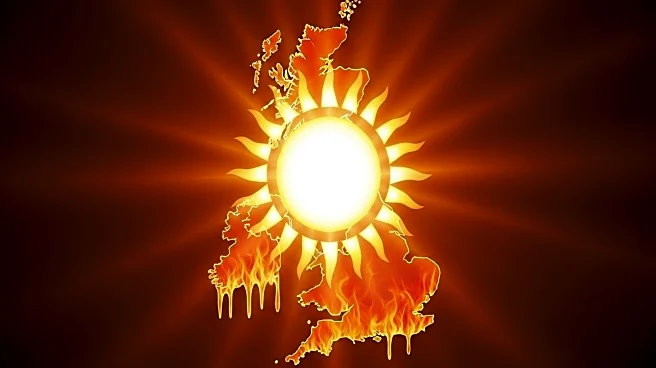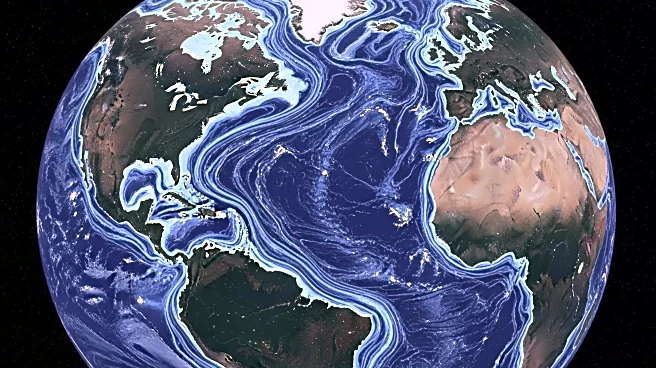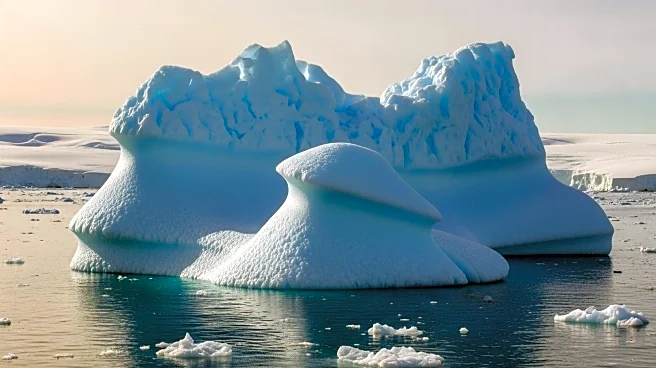What's Happening?
The United Nations has announced that global temperatures are expected to remain above average despite the potential return of the La Niña climate phenomenon between September and November. La Niña, which typically cools surface temperatures in the central and eastern equatorial Pacific Ocean, is known for altering wind, pressure, and rainfall patterns. Historically, La Niña has produced opposite climate impacts to El Niño, which heats ocean surfaces, leading to droughts and heavy downpours in various regions. Despite La Niña's cooling effects, the past decade has been the hottest on record, with 2024 marking the hottest year ever. The World Meteorological Organization (WMO) highlighted that these natural climate events occur alongside human-induced climate change, which continues to raise global temperatures and exacerbate extreme weather conditions.
Why It's Important?
The persistence of above-average global temperatures, even with La Niña's cooling influence, underscores the significant impact of human-induced climate change. This trend poses challenges for policymakers, environmentalists, and industries worldwide, as they grapple with the consequences of rising temperatures, including increased frequency and intensity of extreme weather events. The agricultural sector may face disruptions due to altered rainfall patterns, while coastal communities could experience heightened risks from sea-level rise and storm surges. The ongoing climate changes demand urgent action to mitigate emissions and adapt to evolving environmental conditions, highlighting the need for international cooperation and sustainable practices.
What's Next?
The WMO has indicated a 55% chance of La Niña conditions developing between September and November, with probabilities slightly increasing to 60% for October to December. As global temperatures continue to rise, stakeholders across various sectors may need to implement adaptive strategies to cope with the changing climate. Governments might consider revising climate policies and investing in renewable energy sources to reduce carbon emissions. Additionally, industries could explore innovative solutions to enhance resilience against climate impacts, while civil society groups may advocate for stronger environmental protections and climate justice initiatives.
Beyond the Headlines
The ongoing climate changes could lead to long-term shifts in global weather patterns, affecting biodiversity and ecosystems. Ethical considerations arise as vulnerable populations disproportionately bear the brunt of climate impacts, necessitating equitable solutions and support for affected communities. Legal frameworks may evolve to address climate-related challenges, including liability for environmental damages and enforcement of international climate agreements. Culturally, societies might experience shifts in lifestyle and consumption patterns as they adapt to new environmental realities.











